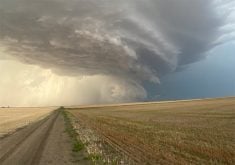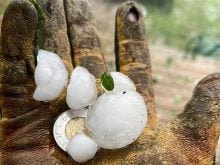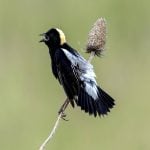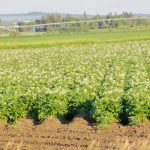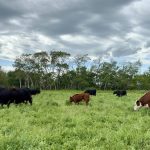The rapid emergence of a new and more toxic type of fusarium head blight may force the Canadian Grain Commission to alter its grading protocols for the disease.
Researchers at Agriculture Canada, in collaboration with scientists at the grain commission and the U.S. Department of Agriculture, have determined that 3 acetyl deoxynevalenol (3-ADON) is now the dominant strain of fusarium in Manitoba and may soon be the dominant strain in Saskatchewan.
“What we thought we had here in the past, which was the 15-ADON chemotype, is being replaced by the 3-ADON chemotype,” said Andy Tekauz, a scientist at Agriculture Canada’s Cereal Research Centre in Winnipeg.
Read Also
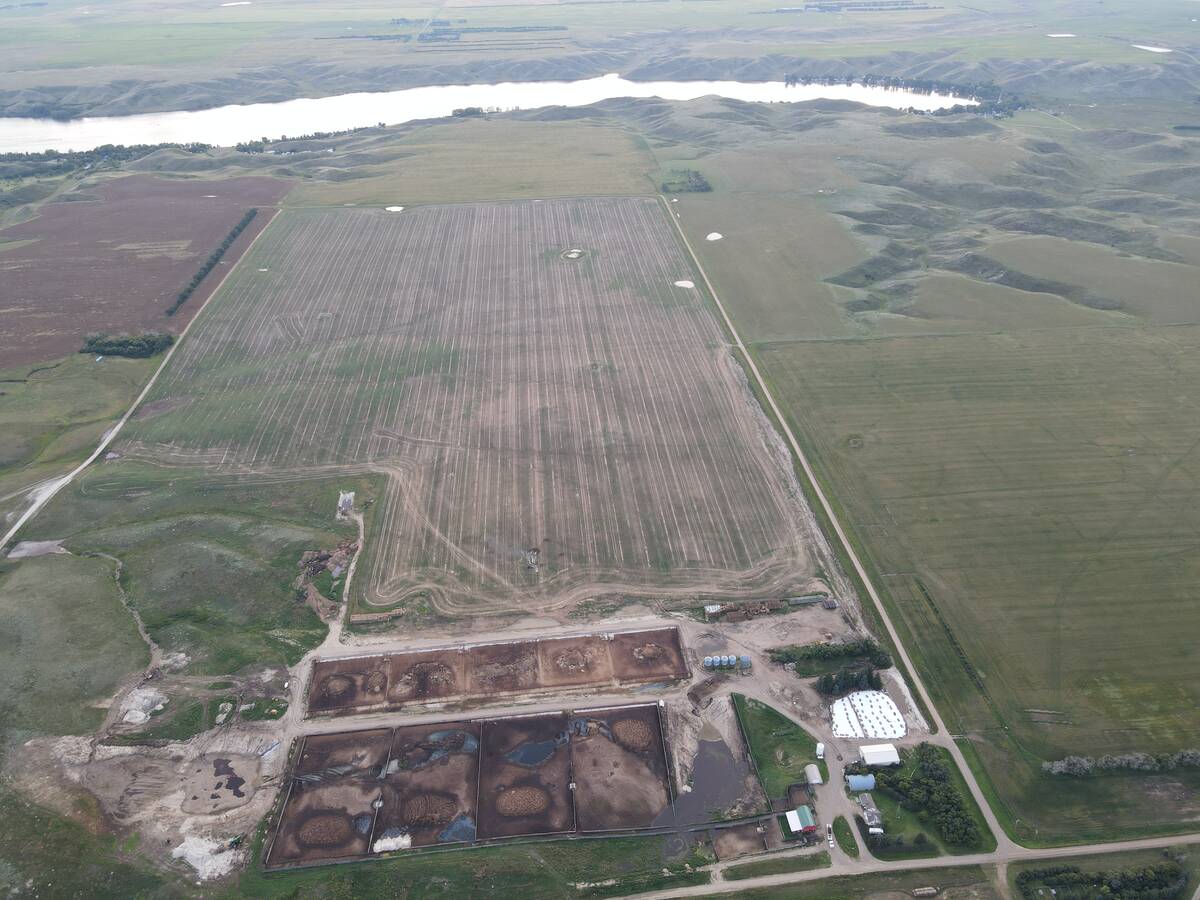
Saskatchewan RM declines feedlot application, cites bylaws
Already facing some community pushback, a proposed 2,000-head cattle feedlot south of Swift Current, Sask., has been rejected for a municipal permit, partly over zoning concerns about the minimum distance from a residence.
He said the discovery is significant because 3-ADON produces more mycotoxin than the old type of fusarium.
Kelly Turkington, a federal plant pathologist in Lacombe, Alta., said the project has determined that 3-ADON produces about twice as much deoxynevalenol (DON) as the old chemotype.
“In all likelihood there’s going to be more issues with regard to toxin contamination,” Turkington said.
“Our current guidelines right now might not be adequate, in terms of the grading system we have for fusarium damaged kernels.”
As a result, the grain commission will likely have to lower its tolerances for fusarium damaged kernels in cereal crops.
Scientists working on the U.S.- Canadian project are attempting to better understand the prevalence and nature of this new variant of fusarium.
One section of the project, funded by the Western Grains Research Foundation, has analyzed grain samples to determine the distribution and frequency of the 3-ADON chemotype on the Prairies.
The new variant was first detected in a few western Canadian fields in 1998, said Randy Clear, a mycologist with the grain commission. However, it’s now the predominant type of fusarium on the eastern Prairies.
Tekauz said it’s difficult to know why the new variant has taken over, but in the lab 3-ADON produces more spores than 15-ADON, which may allow it to spread more rapidly in a field.
“This may be a more aggressive form of fusarium graminearum,” he said. “And that’s why it’s displacing the other one.”
Turkington is writing a report summarizing what the scientists learned about the 3-ADON chemotype. He expects to submit it to the Western Grains Research Foundation later this spring.







